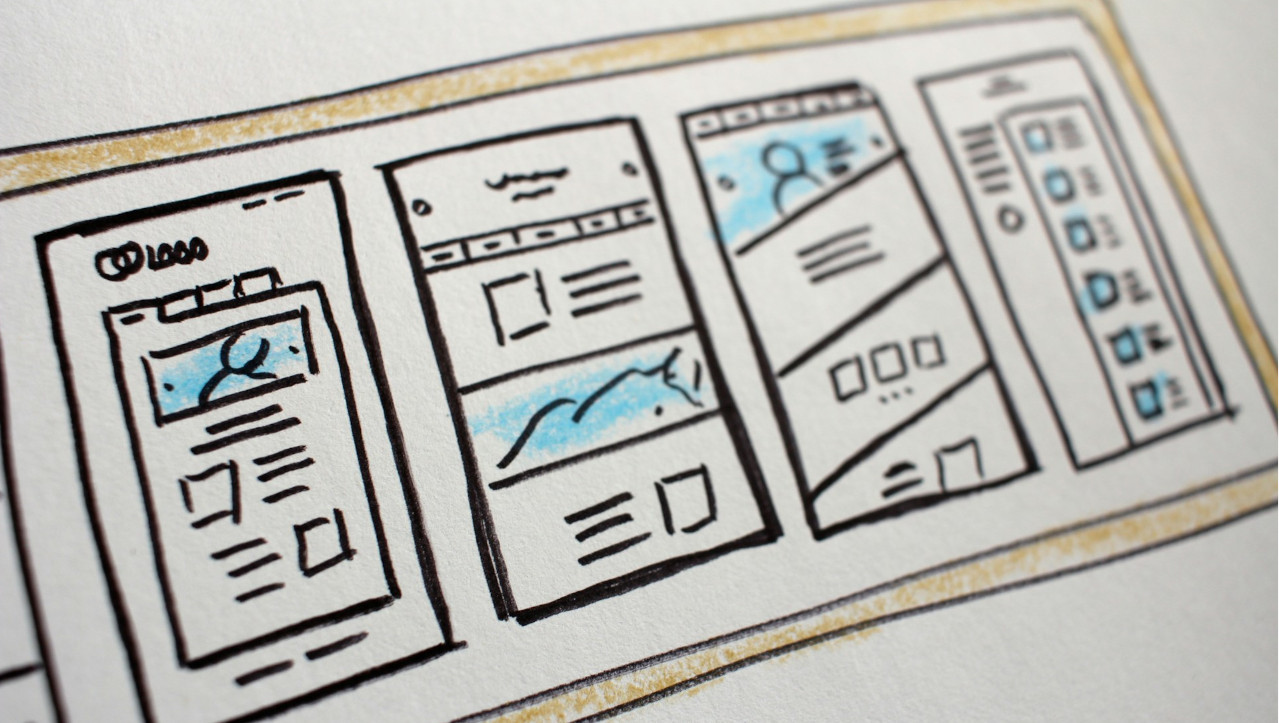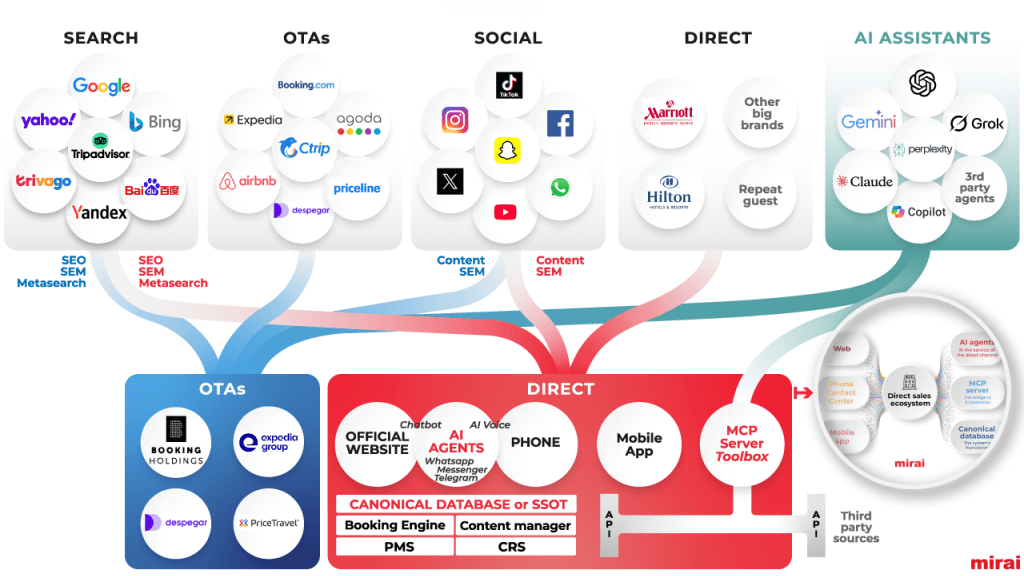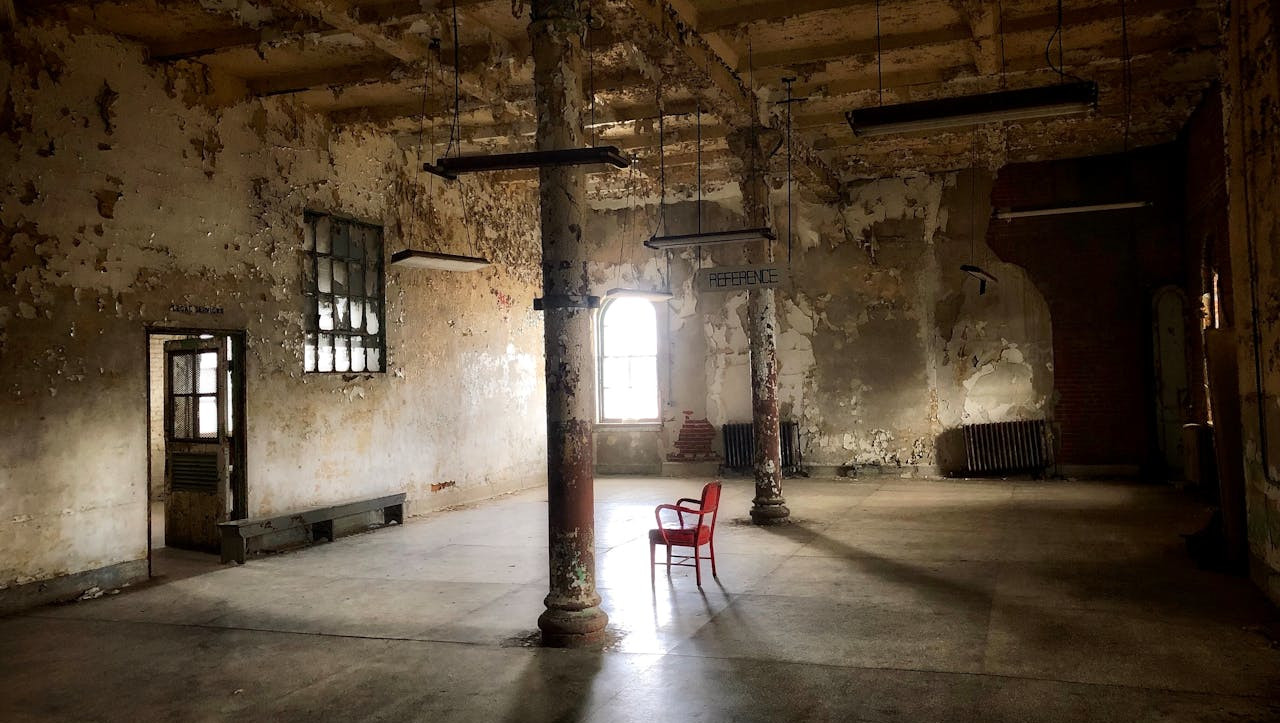Visiting your hotel’s website has become an almost mandatory part of a traveler’s booking process. It can be the deciding factor. Taking care of your website is crucial because it’s the first interaction between you and your potential customer. Of course, it’s important to have a fast, efficient, and intuitive website.
NB: This is an article from Cendyn, one of our Expert Partners
Subscribe to our weekly newsletter and stay up to date
But it’s just as important to take care of its appearance as well as its technical parameters.
A modern web design in line with current trends will help you convert travelers into customers and thus increase your volume of direct bookings. Here are 7 design trends for 2024 that will give your website a boost and make it more attractive to Internet users.
The challenges of designing your hotel website
The branding of your website is a key element that you have to consider if you want it to be effective in your marketing strategy. In fact, it is from this branding that your hotel’s visual identity will be shaped. That’s why it’s so important to choose your graphic charter, design, and logo carefully so that they reflect what you want to convey to travelers (atmosphere, values, etc.).
In the case of a hotel takeover, for instance, don’t hesitate to rework these visual elements by creating a new website, to make the establishment your own and give it a new identity in line with your objectives.
The same applies to the creation of a new hotel: a great amount of work on this part is crucial, as it’s an indispensable tool in the marketing of your services. As well as giving your hotel an identity, it will make it easily recognizable to customers and potential guests, and will therefore play a major role in your digital distribution.
7 web design trends for your website
1. Think mobile first

Today, 70% of Internet users visit your hotel’s website on mobile devices. It goes without saying that it has become essential to have a mobile version of your hotel website that is as worked and polished as the desktop version. By implementing an adaptive design layout, you ensure smooth, pleasant navigation for travelers who land on your site no matter what device they’re using.
With this type of design, you can rethink your user experience and user interface to adapt them to the screen your visitors are using (mobile, tablet, computer, etc.).
This means you can manage the way each element appears and is arranged on the screen, depending on its size and format. You’ll deliver a better user experience because page content will be displayed in an optimized way whatever the platform.
Unlike the responsive web design, which has a single layout that adapts content automatically to the screen size of the browser without taking its display into consideration.
2. Focus on experience
At a time when technology and artificial intelligence are booming, putting the hotel experience and the user at the center of your hotel website’s communication is paramount.
Creating life-like scenes in your photos illustrating your offer can help travelers project themselves into your home, and give your hotel an authentic, real-life dimension.
You can also address visitors directly on your website to create a close relationship with them.

3. Bring your website to life
Engaging web users is an important factor in the decision-making process.
A more interactive design helps to arouse browsers’ curiosity, with a progressive “reveal” of the products or services on offer, for example. Adding these aesthetic touches is also a way of modernizing your website’s design.





